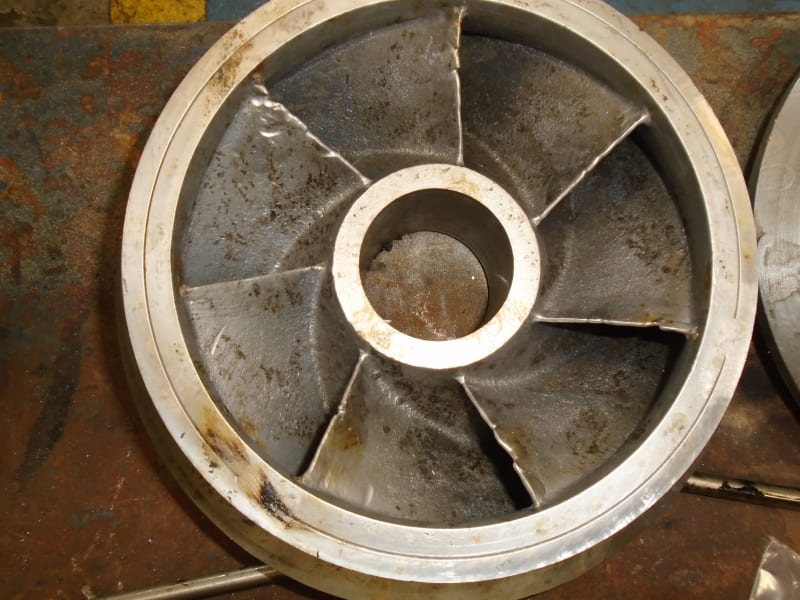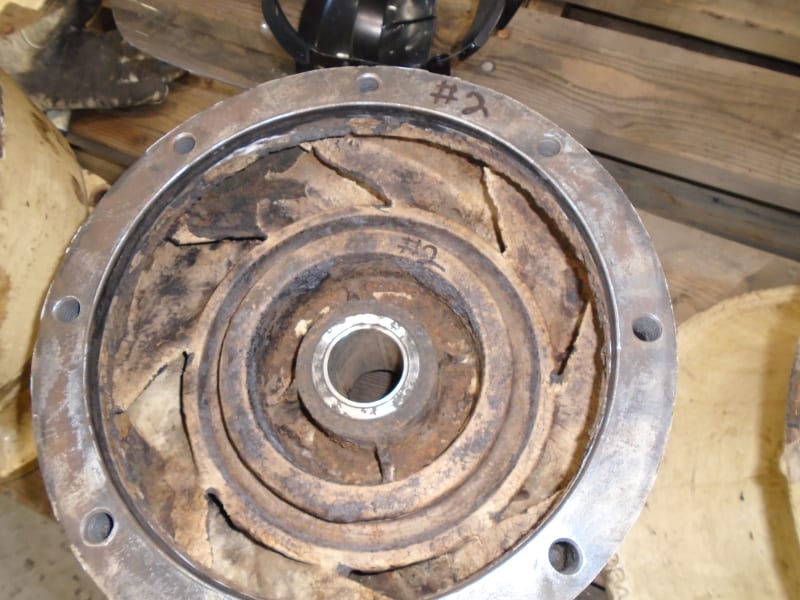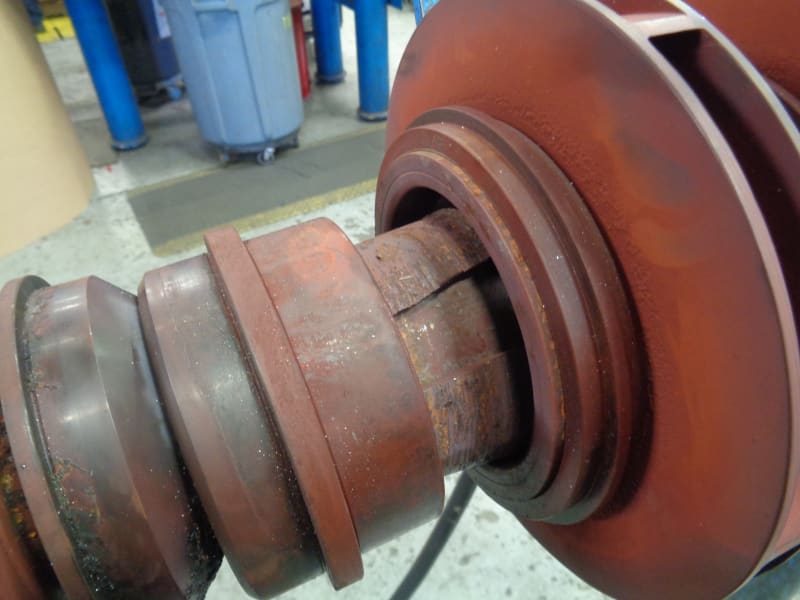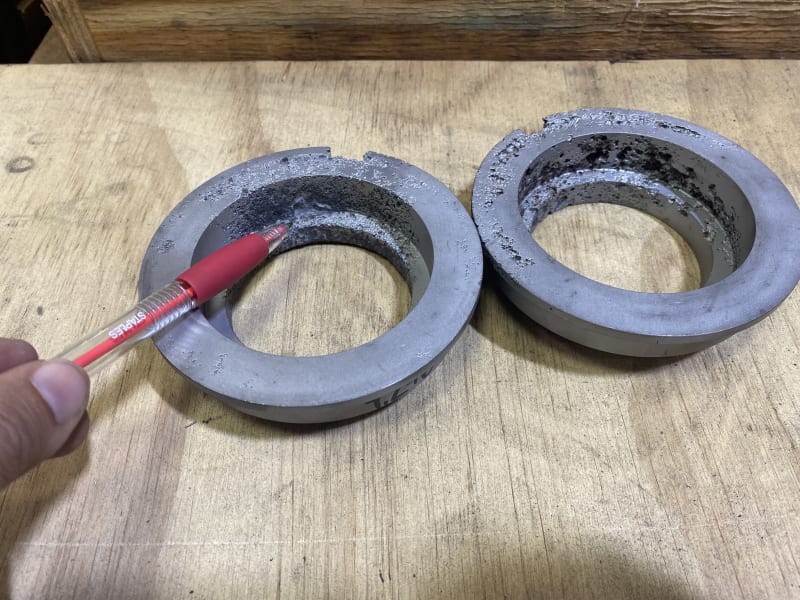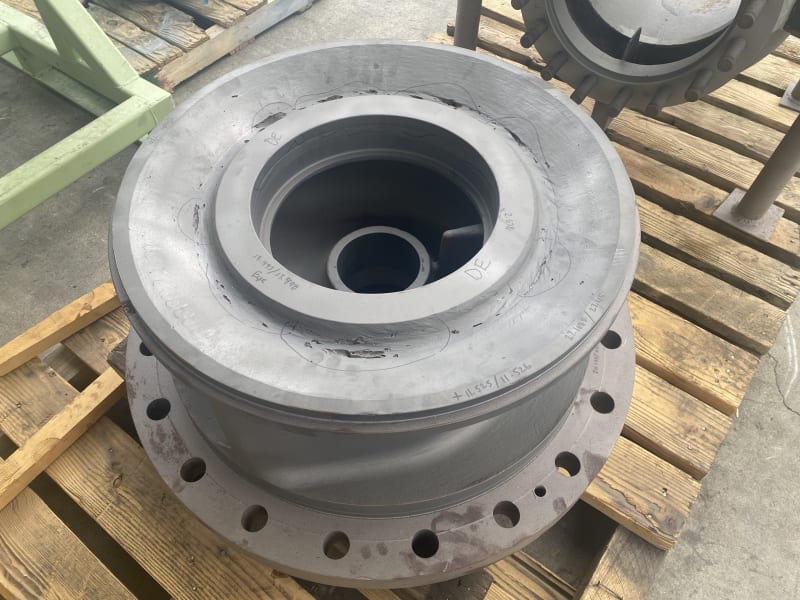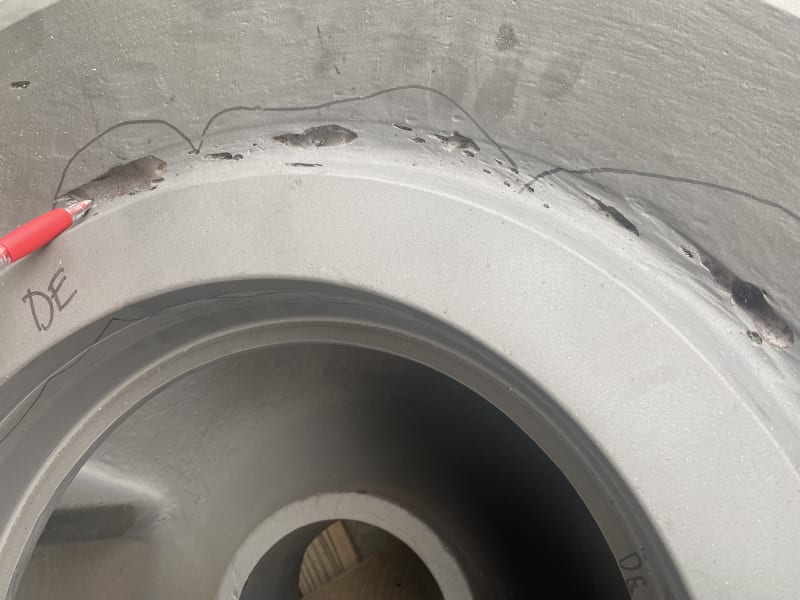Dear Engineers,
I am looking to educate myself on damage mechanisms (and material selection) found in pump components used in services like hydrocarbons, refinery applications, city water districts, sea water applications, boiler feed service etc. Here is an example of post related to this.
Can you please suggest some reading materials and books on this topic? Perhaps something that has worked really well for you and you use it on daily basis for reference at your job. Thanks!
I am looking to educate myself on damage mechanisms (and material selection) found in pump components used in services like hydrocarbons, refinery applications, city water districts, sea water applications, boiler feed service etc. Here is an example of post related to this.
Can you please suggest some reading materials and books on this topic? Perhaps something that has worked really well for you and you use it on daily basis for reference at your job. Thanks!

